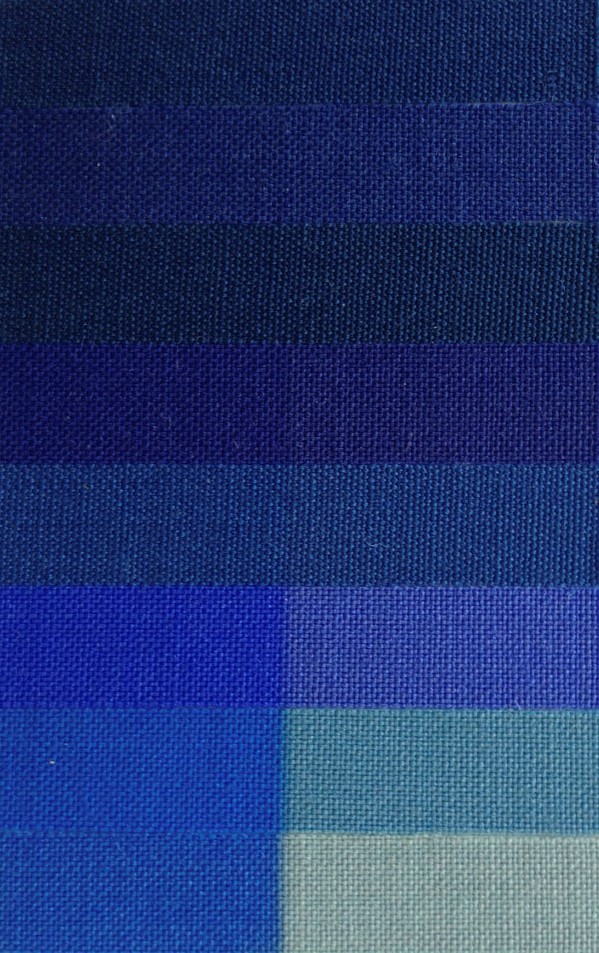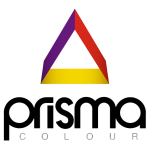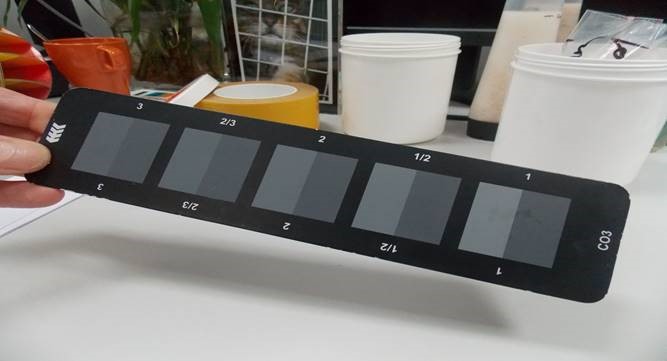Light and Weather Fastness
The distinction between lightfastness and weatherfastness is very important:
Lightfastness:
The most damaging portion of daylight is UV. Lightfastness is the resistance to light behind glass of a particular colourant. The international standard for assessing lightfastness is ISO 105 B02. This test uses blue wool scale – 8 samples of blue dyed wool exposed at the same time as the sample. The machinery used for this exposes samples to approximately 5 times more energy than normal daylight to accelerate the test and subsequent results.
The rating is given as the blue wool colour change that is the same as the sample change to Grey scale 3. Although these ratings are not absolute, they do indicate the lightfastness under specific conditions and can be used particularly for comparable sample testing.
Table showing the Blue Wool scale and ratings:
|
Blue Wool Rating |
Lightfastness |
Visual Representation |
|
8 |
Outstanding |
 |
|
7 |
Excellent |
|
|
6 |
Very Good |
|
|
5 |
Good |
|
|
4 |
Moderate |
|
|
3 |
Fair |
|
|
2 |
Poor |
|
|
1 |
Very poor |
Weatherfastness:
This is defined as the resistance to colour change when exposed to outdoor actual weather conditions. It is usual however to also use accelerated apparatus/equipment to gain test results in a quicker time. Other than visible light, UV radiation and IR are key factors and these machines also simulate actual outdoor weather conditions, with humidity and rain possible to mimic real life environments.
The ISO Grey scale (1-5) for fading is used for determining assessment. Changes to appearance as well as colour shift should be also noted, IE: hue, gloss level, darkening, chalking of the surface.
Although there are several different types of machines available, the international standard (ISO4892-2) quotes a particular irradiance level and cycle to mimic more closely actual outdoor exposure; again at an accelerated rate. This uses Xenon Arc weathering type equipment. This is rated against the ISO grey scale. Other changes in the samples should also be noted, such as change of hue, gloss differences, darkening and chalking.


